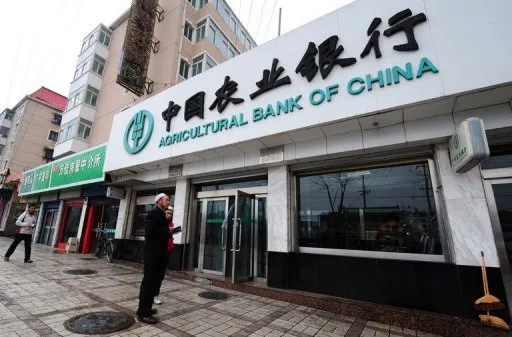
China banks pursuing to meet capital and loan requirements
Some banks resort top paying commissions to agents to help attract short-term deposits before the end of each month to evade the regulation.
Chinese banks are struggling to meet higher capital and loan requirements imposed by the nation’s banking regulator amid tight liquidity.
Agricultural Bank of China Ltd., the first state-owned lender to announce first-quarter results, said its capital adequacy ratio fell to 11.4% by the end of March, just short of the minimum regulatory requirement of 11.5% for the country's top five banks.
The bank had total assets of RMB 10.96 trillion ($1.69 trillion) at the end of the first quarter, up 6.02% from the end of 2010. Its total loans and advances to customers increased by RMB 261.41 billion ($40.23 billion) quarter-on-quarter to RMB 5,218.15 billion (803.16 billion) and it posted a loan-to-deposit ratio of 55.71%, representing a decrease of 0.06 percentage points from the end of last year.
In the first three months to March, the bank had been actively attracting deposits to maintain its loan-to-deposit ratio. It also announced plans to issue RMB 50 billion ($7.69 billion) worth of subordinated bonds to replenish its capital base.
While ABC has reported the first CAR breach for the first quarter, a number of listed banks saw their loan-to-deposit ratios exceed 70% as of the end of 2010, approaching the 75% mandated ceiling imposed by the China Banking Regulatory Commission (CBRC), the country's top banking watchdog.
Of China’s 16 listed banks, China Merchants Bank Co. Ltd. had a loan-to-deposit ratio of 74.59% at the end of 2010, within touching distance of the mandated cap.
View the full story in Business China.
















 Advertise
Advertise






